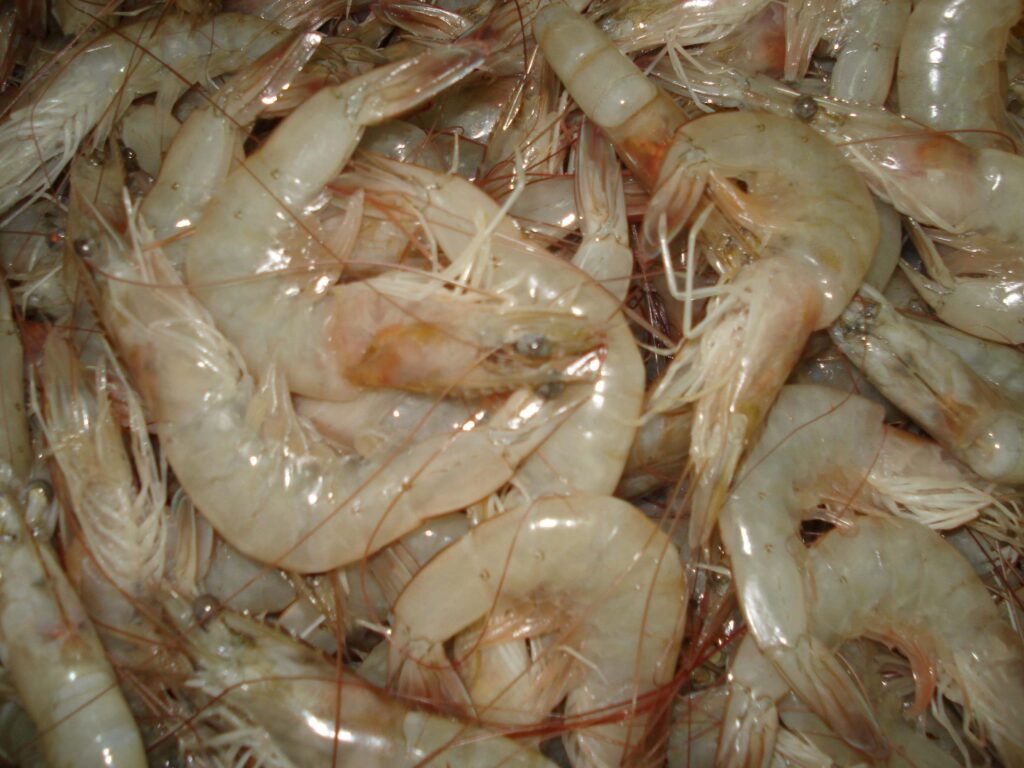Shrimp, those ubiquitous pink morsels adorning countless dishes, are more than just a pretty addition to your plate. These crustaceans offer a delightful dance of sweetness and savory that has captivated palates for centuries.
A Subtle Symphony of Flavor:
Unlike some strong-flavored fish, shrimp boasts a delicate and nuanced taste profile. The key players in this symphony are:
- Sweetness: A subtle sweetness is often the first note you perceive. This comes from naturally occurring sugars present in shrimp.
- Savory: Underlying the sweetness is a hint of savory richness. This umami flavor, a hallmark of seafood, comes from the breakdown of amino acids during cooking.
- Brine: A touch of brininess, a reminder of their ocean home, rounds out the flavor profile.
The beauty of shrimp is that this flavor profile isn’t overpowering. It acts as a base, readily absorbing the flavors it’s cooked with, making it incredibly versatile.
Texture Takes Center Stage:
The delightful texture of shrimp is as important as its taste. The flesh is known for being firm and springy, with a satisfying bite. Overcooking, however, can turn this delightful texture rubbery. Quick cooking methods like stir-frying, grilling, or poaching ensure a perfect result.

A Global Culinary Star:
Shrimp’s versatility has made it a global culinary star. Here’s a glimpse into its culinary journey:
- Asia: In Asian cuisine, shrimp features prominently in stir-fries, curries, and noodle dishes. They also grace dumplings and are enjoyed raw in sushi and sashimi.
- The Mediterranean: Shrimp stars in paella, stews, and grilled seafood platters, often flavored with garlic, herbs, and olive oil.
- The Americas: From the buttery goodness of shrimp scampi to the spicy kick of Cajun shrimp boils, shrimp is a delightful addition to American cuisine.
Beyond the Plate:
Shrimp offers more than just a delicious meal. The shells, a byproduct of consumption, are a valuable resource. They can be crushed and used as a fertilizer or even a dietary supplement for some animals.
A Sustainable Choice:
While shrimp farming is common, it’s important to be mindful of sustainability. Look for certifications that ensure responsible farming practices to protect these fascinating creatures and the environment.
So, next time you see shrimp on a menu, don’t underestimate these little pink morsels. They offer a delightful combination of taste and texture, making them a versatile and delicious addition to any meal.
shrimp (HOSO-HLSO)
- Shrimp HOSO sizing Guide: 20, 30, 30, 40, 40-50, 50-60, 60-70, 70-80, 80-100, 100-120
- Shrimp HLSO sizing Guide: 10-20, 21-25, 26-30, 31-35, 36-40, 41-50, 51-60, 61-70, 71-90, 91-110

